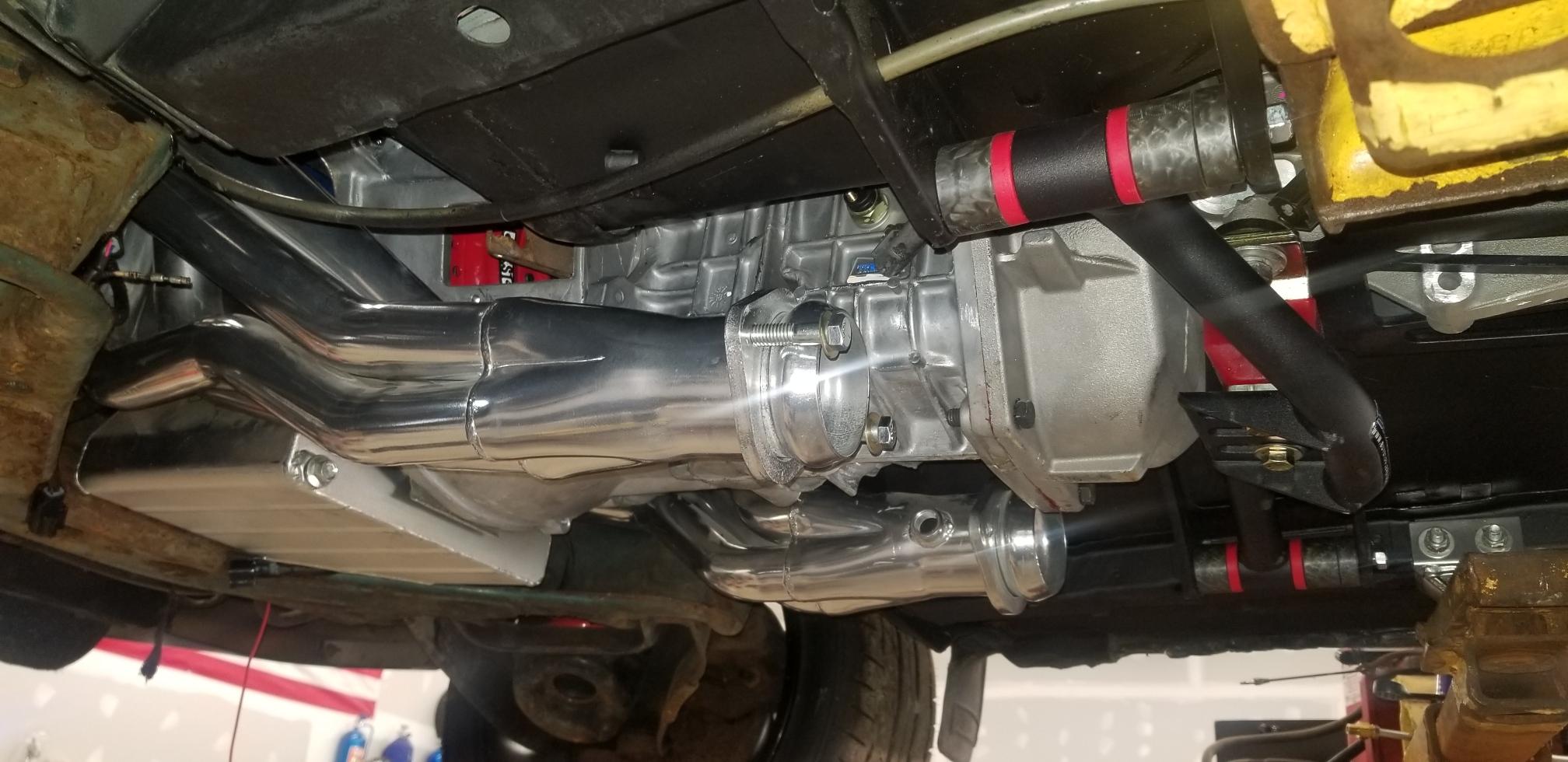Listed below is everything you need to know in regards to the T5, TKO-500, TKO-600 and Tremec T56 transmissions in relation to 1979-1993 Foxbody Mustangs.
Contents
- Foxbody T5 Transmission Limits
- Non World Class (NWC) Breakdown
- World Class (WC) T5 Breakdown
- Non World Class and World Class T5 Differences
- The Limits of the T5 Transmission
- Upgrading a T5 Transmission
- Foxbody TKO-500 & TKO-600 Swap
- What do I need to install a TKO-500 or TKO-600 in a 1987-1993 Foxbody?
- What do I need to install a TKO-500 or TKO-600 in a SN95 Mustang (94-99)?
- TKO-500 vs TKO-600, which should I get?
- What about the shifter?
- Cons of a TKO-500 and TKO-600
- Foxbody Tremec T56 Magnum and Ford T56 Swap Guide
- T56 Magnum vs. Ford T56
- T56 Identification
- Magnum T56 Into a Foxbody
- Notes on a Magnum T56 Install
- Installing a Ford T56 into a Foxbody
- Installing a T56 into an SN95
- What Shifter for my T56?
Shop Foxbody Drivetrain
Keeping your Foxbody rolling requires maintenance to the drivetrain. Considering the age of the Foxbody, if you haven't upgraded your various systems, replacing the old with the new will net you longevity and better general performance.

